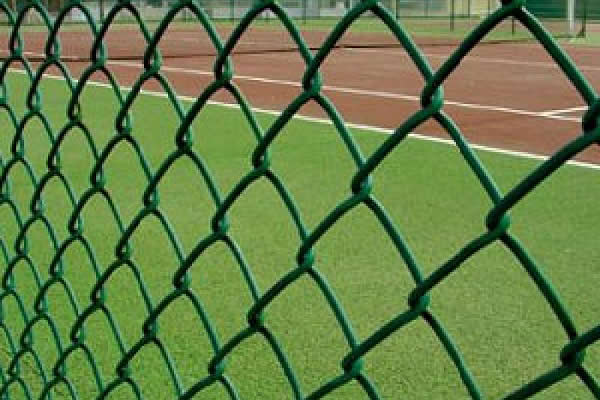 TEL:
+86-13102802206
TEL:
+86-13102802206
 Email:
fencenetting@china.com
Email:
fencenetting@china.com
 Language
Language
 TEL:
+86-13102802206
TEL:
+86-13102802206
 Email:
fencenetting@china.com
Email:
fencenetting@china.com
 Language
Language


The Versatile Uses of Barbed Wire A Practical Guide
Barbed wire is a highly versatile fencing material that has been used for over a century to serve various purposes, ranging from agricultural to industrial applications. With its sharp, pointed barbs that are designed to prevent animals and intruders from crossing barriers, barbed wire is a popular choice for ranches, farms, and even urban areas. This article explores the history, advantages, and various uses of barbed wire, helping you understand why it remains a sought-after fencing solution.
A Brief History
Barbed wire was invented in the late 19th century, with several designs emerging around the same time. The most popular version was patented by Joseph Glidden in 1874. This invention revolutionized the way land was enclosed, particularly in the vast landscapes of the American Midwest. Before barbed wire, fences were often made from wood or stone, which were more labor-intensive and costly to construct. The ease of installation and effectiveness of barbed wire led to its rapid adoption, transforming the agricultural landscape and contributing to the expansion of the American frontier.
Advantages of Barbed Wire
One of the primary reasons for the popularity of barbed wire is its cost-effectiveness. Compared to other fencing materials, barbed wire is relatively inexpensive and requires minimal maintenance. It is durable and can withstand harsh weather conditions, making it a practical choice for outdoor use.
Additionally, barbed wire is lightweight and easy to transport, allowing for quick installation in remote areas. Its design also makes it an effective deterrent against trespassers and unwanted animals, as the sharp barbs create an intimidating barrier. This makes it ideal for safeguarding livestock, crops, and private property.
Applications of Barbed Wire

Barbed wire is used across various sectors, each benefiting from its unique properties
1. Agricultural Use Farmers and ranchers commonly use barbed wire to enclose livestock, protecting them from predators and preventing them from wandering off. It is also used to segregate different types of animals and to protect crops from herbivores.
2. Security Fencing Many businesses and residential properties opt for barbed wire fencing to enhance security. Its presence can deter would-be intruders, making it a popular choice for warehouses, factories, and critical infrastructure.
3. Military Use In military applications, barbed wire serves as a formidable obstacle. It is often deployed in camps and conflict zones to control movement and protect personnel, as well as to fortify positions against enemy advances.
4. Wildlife Control Barbed wire can help manage wildlife populations by providing barriers that keep animals within designated areas or out of human-inhabited regions. This application is particularly important in areas where wildlife may pose a threat to crops or livestock.
5. Decorative Purposes Interestingly, barbed wire has also found its way into art and design. Some artists incorporate it into sculptures or decorative fences, while rustic-themed gardens may use barbed wire as an aesthetic element to evoke a sense of the rural past.
Conclusion
In conclusion, barbed wire is much more than just a fencing material; it is a practical solution that has evolved over the decades to meet various needs. From its origins in agriculture to its current roles in security and art, barbed wire continues to be an essential tool in many sectors. As you consider your fencing options, keep in mind the diverse applications and advantages of barbed wire, making it a valuable investment for those looking to secure their property or manage livestock effectively. Whether for a farm, a business, or decorative uses, barbed wire remains a tried-and-true choice.